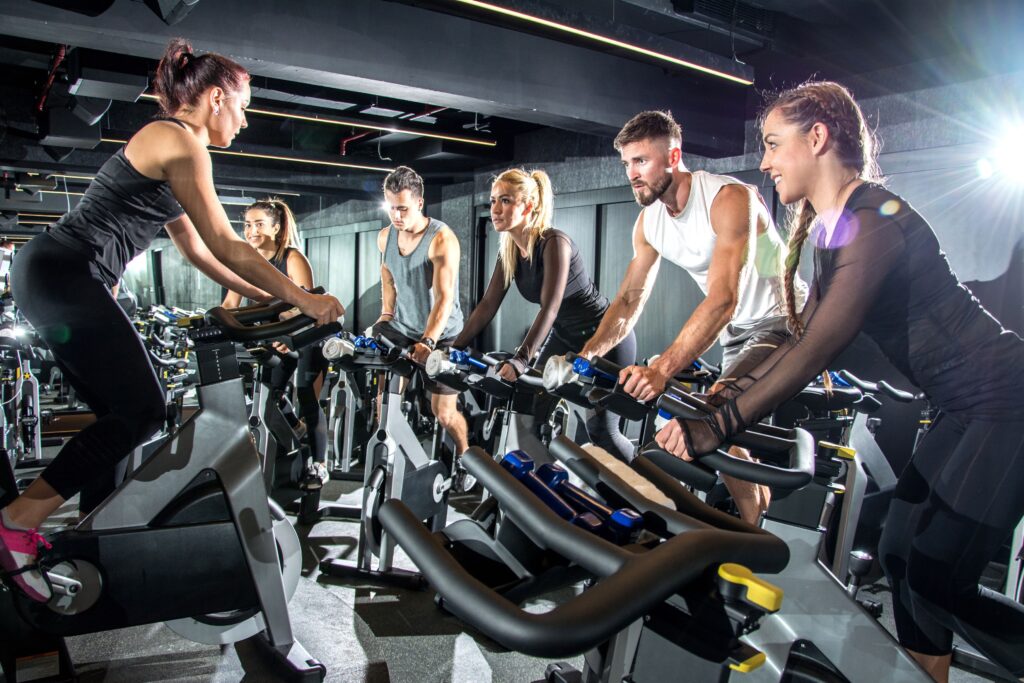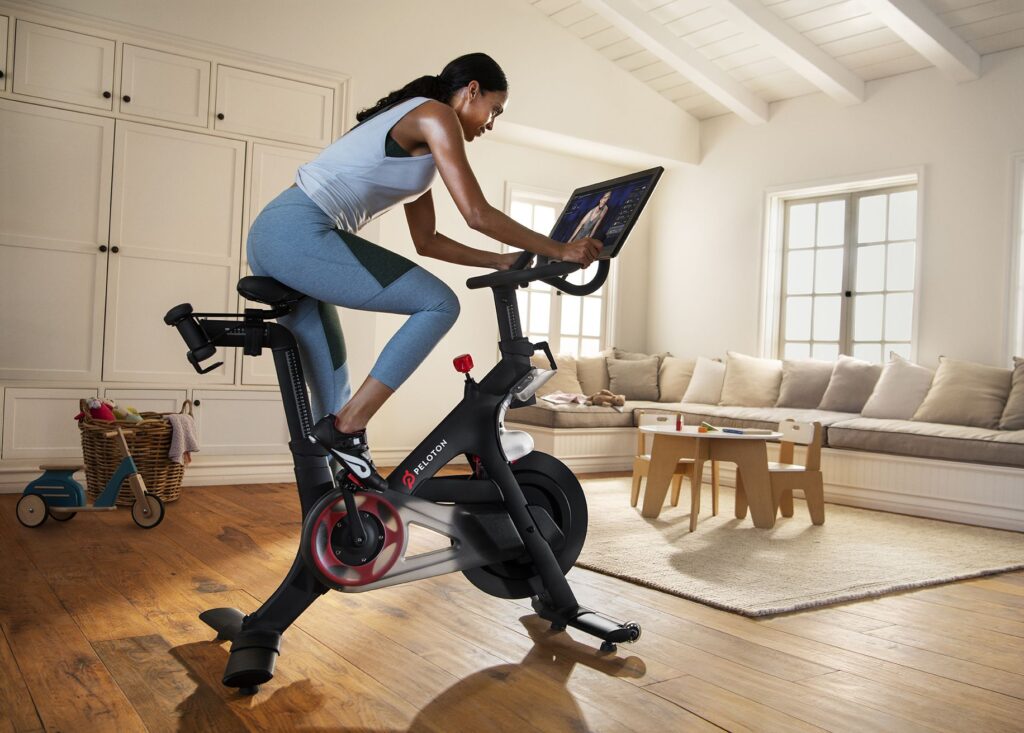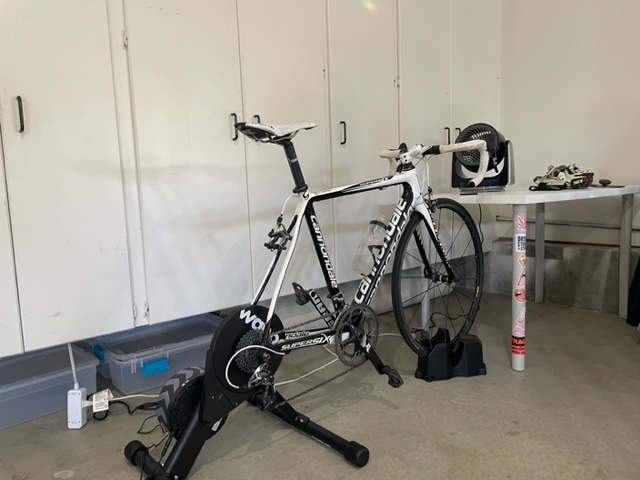The Benefits of Training on your Bike Indoors for Masters Cyclists
Indoor Training Guide for Masters Cyclists
Indoor cycling has become increasingly popular among cyclists, especially masters cyclists. Training on a bike indoors offers numerous benefits that make it an attractive option for cyclists. As we age, our bodies undergo various changes, which can affect our ability to train outdoors effectively. This is where indoor cycling comes in as a convenient and safe alternative for cyclists.
In this blog post, I’ll explore the benefits of training on a bike indoors for masters cyclists. We’ll discuss how indoor cycling can help cyclists maintain their fitness, improve their performance, and reduce the risk of injury. Whether you’re an experienced cyclist or just getting started, there’s something to gain from indoor cycling.
The benefits of training on your bike indoors
Cycling is a great form of exercise for people of all ages, but as we get older, we may face certain challenges that can make outdoor cycling less appealing. This is where indoor cycling comes in as a convenient and safe alternative. In this blog post, we’ll explore the benefits of training on your bike indoors.
Convenience
Cyclists can train at any time of the day without worrying about weather conditions, traffic, or road safety. This flexibility means that cyclists can fit their training around other commitments, making it easier to maintain a regular training routine. Additionally, masters cyclists can avoid the hassle of having to transport their bikes to a suitable outdoor location, saving time and effort.
Safety
Safety is another critical benefit of indoor cycling. With indoor cycling, masters cyclists can avoid potential hazards such as uneven roads, obstacles, and vehicles. This is particularly important for cyclists who may be more vulnerable to falls or collisions due to age-related changes in their body. Indoor cycling provides a safe and controlled environment for training, reducing the risk of injury and giving masters cyclists peace of mind.
The controlled environment of indoor cycling also provides masters cyclists with the ability to tailor their training to their specific needs. Cyclists can adjust the resistance, speed, and incline of the bike to simulate various outdoor conditions, such as hills, flats, and sprints. This enables cyclists to train more effectively, focus on specific areas of their fitness, and push themselves harder without worrying about external factors.
Indoor cycling is weather-independent
Cyclists can train indoors regardless of the weather, which is particularly important during extreme weather conditions such as heatwaves, snow, or storms. This ensures that cyclists can maintain their fitness and training routine consistently throughout the year.
In conclusion, indoor cycling offers numerous benefits for cyclists, including convenience, safety, a controlled environment, and weather-independent training. Indoor cycling is a great way for cyclists to maintain their fitness, improve their performance, and stay safe while training.
Types of indoor training for masters cyclists
Spin Classes

Spin classes are group cycling sessions led by a certified instructor who guides participants through a series of workouts. Spin classes usually take place in a dedicated studio equipped with stationary bikes and loud music. Spin classes offer masters cyclists a motivating and social environment where they can push themselves to their limits, regardless of their fitness level. However, spin classes can also be challenging for cyclists who may struggle to keep up with the fast-paced workouts or may have physical limitations that require modifications.
Virtual training platforms

Virtual training platforms provide masters cyclists with an immersive and interactive cycling experience that simulates outdoor riding. Virtual training platforms usually require a stationary bike equipped with sensors and a subscription to access the software. The platform offers a wide range of workout programs, including interval training, endurance rides, and virtual races. Virtual training platforms offer masters cyclists the flexibility to train at their pace and time, and the ability to measure their progress and performance. However, virtual training can be isolating and lacks the social and motivational benefits of group workouts. The most popular virtual training platform is Peleton.
Stationary trainers

Stationary trainers are another type of indoor cycling that cyclists can choose from. Stationary trainers convert a regular outdoor bike into a stationary bike, allowing cyclists to use their preferred bike indoors. Stationary trainers offer cyclists the ability to customize their training according to their specific needs and goals. However, stationary trainers require a dedicated space to set up and can be noisy and monotonous. Here is a link to my post on how to set up an indoor trainer.
The most popular stationary trainer setup is Zwift, a virtual cycling world paired with the ZwiftHub.
Below is a photo of my stationary trainer setup

In conclusion, there are several types of indoor cycling training, each with its unique benefits and challenges. Cyclists can choose the type of indoor cycling that best suits their fitness level, preferences, and goals. Regardless of the type of indoor cycling, it is essential for masters cyclists to incorporate strength training and flexibility exercises into their training routine to improve their overall fitness and prevent injury.
How indoor cycling helps cyclists overcome common challenges
Indoor cycling is a great way for cyclists to stay fit and maintain their cycling performance, but it can also present some common challenges. Here are some ways indoor cycling can help masters cyclists overcome these challenges:
- Boredom: Cycling indoors can get monotonous, but there are ways to make it more interesting. Virtual training platforms offer a variety of interactive and engaging workouts, and indoor cycling classes provide a social and motivating environment. By switching up their workouts and trying new programs, cyclists can stay engaged and motivated. The most popular platform is Zwift
- Lack of motivation: Sometimes, cyclists may feel unmotivated to train, especially if they don’t have a specific goal in mind. Indoor cycling can provide a sense of structure and accountability, as well as an opportunity to track progress and set new goals. Joining a virtual training group or signing up for a spin class can also help masters cyclists stay motivated.
- Physical limitations: Cycling outdoors can be challenging for cyclists with physical limitations or injuries. Indoor cycling provides a controlled environment where masters cyclists can exercise safely and without the risk of falls or accidents. Additionally, stationary trainers allow for customization of resistance and intensity, making it possible for masters cyclists to work within their physical limitations while still getting a challenging workout.
- Weather-dependent: Outdoor cycling is often dependent on weather conditions, making it difficult to maintain a consistent training schedule. Indoor cycling eliminates the need to worry about weather, allowing cyclists to train consistently and without interruption.
- Reduced risk of injury: With age, the risk of injury increases, and outdoor cycling can be particularly risky for masters cyclists. Indoor cycling reduces the risk of falls, accidents, and collisions, providing a safer environment for masters cyclists to train and maintain their fitness.
Indoor cycling offers several benefits for cyclists, including a safe and controlled environment, flexibility, and motivation. By using virtual training platforms, joining spin classes, or utilizing stationary trainers, masters cyclists can overcome common challenges and maintain their fitness and cycling performance.
Conclusion
In conclusion, training on a bike indoors can provide numerous benefits for cyclists. With a controlled environment, reduced risk of injury, and weather-independent training, indoor cycling can be a great option for cyclists looking to stay active and healthy. Additionally, indoor cycling allows for a variety of training options, including spin classes, virtual platforms, and stationary trainers, which can be tailored to meet the needs and goals of individual riders.
By incorporating strength training, setting goals, varying workouts, and listening to their bodies, cyclists can design an effective indoor training program that maximizes the benefits of their workouts. While there may be common challenges to overcome, such as boredom, lack of motivation, and physical limitations, there are also strategies that can help cyclists stay engaged and motivated during their indoor training sessions.
Overall, indoor cycling can be a great option for masters cyclists looking to maintain their fitness and cycling performance. Whether it’s a spin class, a virtual platform, or a stationary trainer, there are plenty of options available to meet the needs and goals of each individual rider. By incorporating indoor training into their overall cycling routine, cyclists can continue to enjoy the many benefits of cycling, both indoors and outdoors
Additional resources
Cycling masters age categories
What is masters category in cycling
John






